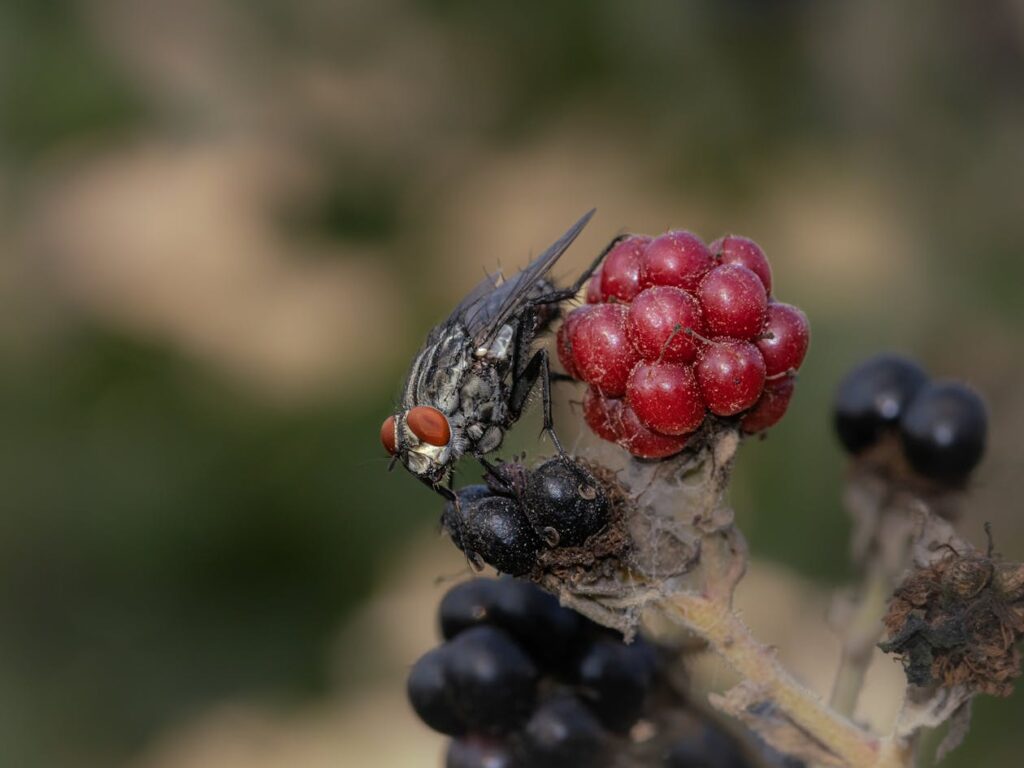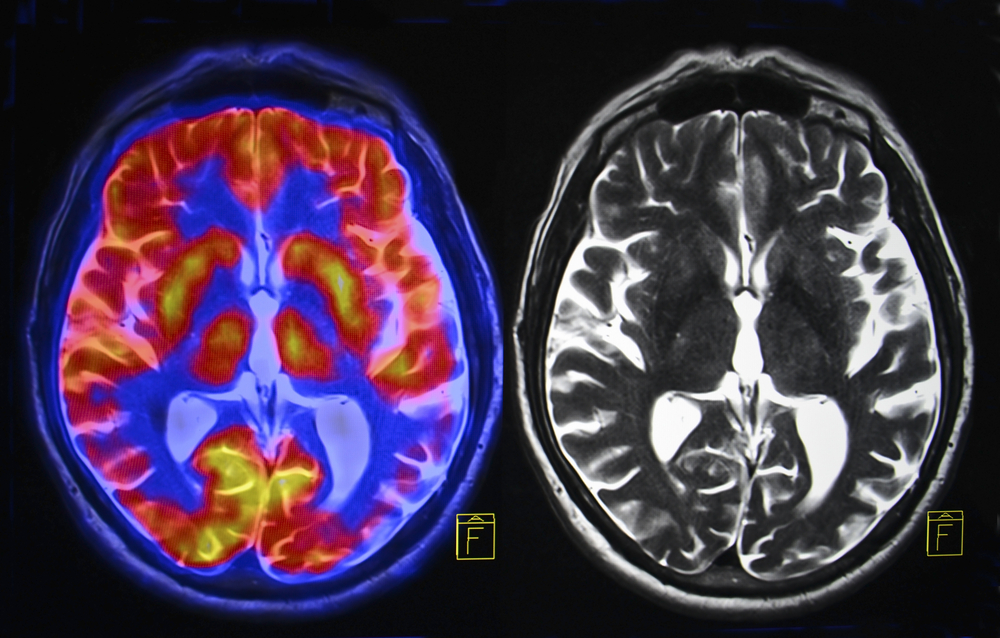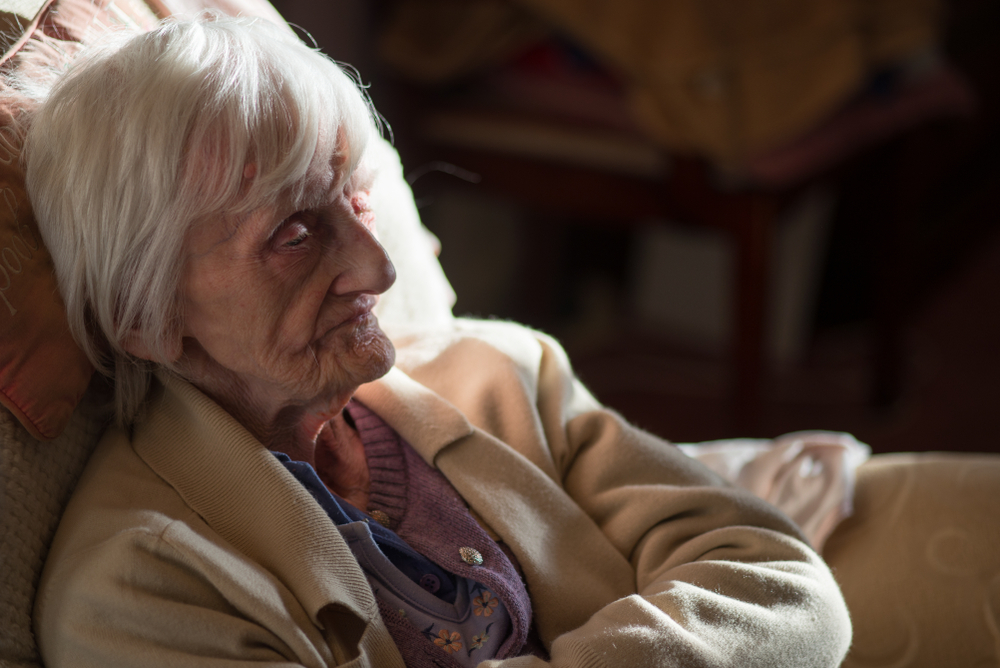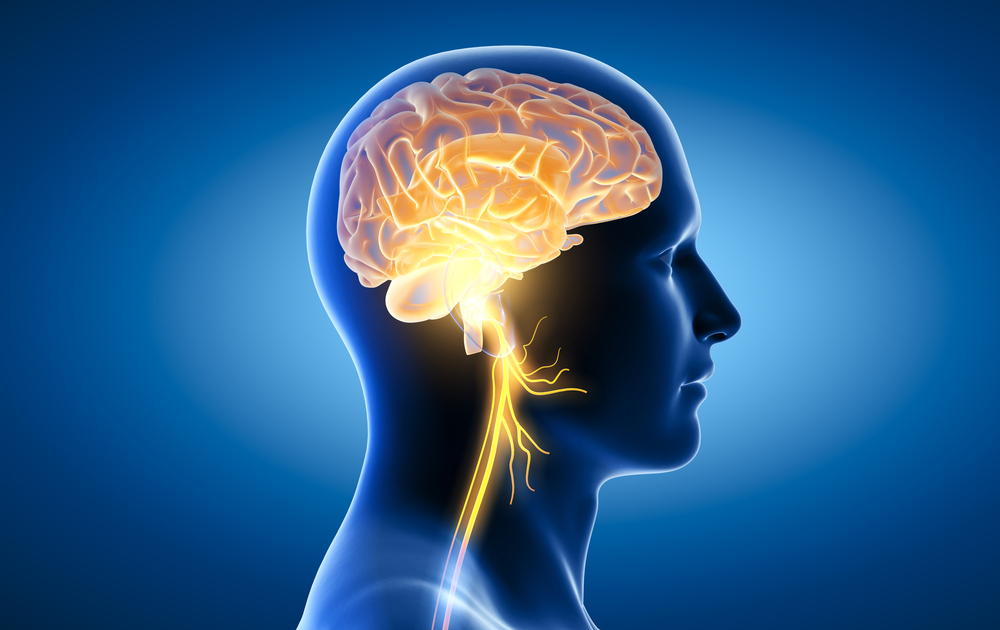Two Brain Proteins That Prevent Seizures Finally Identified

Two brothers walked into a neurology clinic with identical symptoms. Both experienced seizures. Both showed developmental delays. Genetic testing revealed both carried the same mutation in a gene called PIGA.
Doctors expected a straightforward diagnosis. What they found instead became a medical puzzle that would reshape seizure research.
Their grandfather carried the exact same mutation. So did a great uncle. Yet neither man had ever experienced a single seizure. Neither showed any signs of neurological problems. Both lived normal, healthy lives.
Something protected the older generation. Something hidden in their DNA kept a dangerous mutation from causing harm. Finding that protective factor could unlock new treatments for rare seizure disorders and reveal how our brains defend themselves against genetic threats.
Scientists at University of Utah Health decided to hunt for answers.
Meet PIGA and CNTN2, Your Brain’s Unlikely Guardians
PIGA makes glycosylphosphatidylinositol anchors. These molecular anchors attach roughly 150 different proteins to cell surfaces throughout your body. Without these anchors, proteins float uselessly instead of docking where cells need them.
Brain cells depend on GPI-anchored proteins for communication. Neurons send signals. Glial cells provide support. When PIGA fails, this cellular conversation breaks down. Seizures follow. Development stalls.
Fewer than 100 people worldwide have been diagnosed with PIGA-CDG (phosphatidylinositol glycan class A congenital disorder of glycosylation). Treatments remain limited to managing symptoms. Nobody had identified what drives the wide variation in severity between patients.
Holly Thorpe and Clement Chow led a research team that used whole-genome sequencing to map the entire family’s DNA. Pedigree analysis revealed inheritance patterns. Researchers created a shortlist of genes based on predicted functions.
One gene stood out. CNTN2 appeared altered only in family members who stayed healthy despite carrying the PIGA mutation.
CNTN2 encodes a GPI-anchored protein responsible for neuron-glial interactions. Neurons and support cells use CNTN2 to communicate. Chow explained the team’s approach could prove valuable beyond this single case, saying “If we can use this strategy more broadly, I think we can help address the problem of phenotypic variation in rare disease.”
Standard genetic analysis techniques fail with ultra-rare conditions. Too few patients exist to provide statistical power. Researchers needed a different approach.
Fruit Flies Reveal What Human Studies Cannot

Drosophila melanogaster lives about two months. Flies become forgetful as they age, just like people. Scientists have mapped every gene in the fruit fly genome. Genetic tools allow precise interventions.
Researchers created fly models with reduced PIGA function. Flies developed seizures. Movement became difficult. Climbing ability dropped.
Next came the critical test. Scientists reduced both PIGA and CNTN2 function in the same flies. Seizures decreased. Movement improved. Climbing ability increased.
Results mirrored exactly what happened in the human family. Reduced CNTN2 protected against PIGA-related problems.
Researchers tested multiple candidate genes from their shortlist. Only CNTN2 showed consistent protective effects across different paradigms. Bang-sensitivity assays measured seizure behavior. Negative geotaxis tests evaluated climbing performance. CNTN2 reduction rescued both phenotypes.
A Different Kind of Brain Protein Goes Rogue With Age

Meanwhile, separate research at UCLA uncovered another protein affecting brain health. Edward Schmid and David Walker studied filamentous actin in aging fruit fly brains.
F-actin normally helps cells maintain structure. Actin filaments provide scaffolding for cellular processes. Assembly and disassembly happen constantly in healthy cells.
Something changes with age. F-actin accumulates in aging brains. Rod-like structures form where none existed in youth. Buildup appears concentrated in neurons rather than glial cells.
Walker and his team discovered this accumulation wasn’t benign. F-actin buildup disrupted autophagy, which is the brain’s cellular recycling system. Damaged proteins pile up. Dysfunctional mitochondria accumulate. Neuronal function declines.
“Flies get more forgetful as they age, and their ability to learn and remember declines in middle age, just like it does in people,” Walker said. “If we prevent accumulation of F-actin, it helps the flies learn and remember when older.”
Researchers tested flies on restricted diets. These flies lived longer and showed less F-actin buildup in their brains. Rapamycin treatment produced similar benefits. Both interventions are known to extend lifespan across species.
Correlation doesn’t prove causation. Walker needed genetic evidence.
Tweaking Genes Buys 30% More Healthy Years

Researchers targeted Fhos, a gene that nucleates and organizes actin filaments. Adult-onset knockdown in neurons prevented F-actin accumulation. Aged brains looked young again.
Flies lived 25 to 30 percent longer. Memory stayed sharp. Gut health improved. Climbing ability remained strong. Activity levels increased without nighttime restlessness.
Knocking down Fhos only in neurons still improved health throughout the body. Brain health affects overall organismal health.
Scientists tested additional genes related to actin dynamics. Neuronal knockdown of Act5c extended lifespan. Overexpressing Twinstar (the fly version of cofilin) worked too. Gelsolin overexpression produced similar results.
Conversely, overexpressing actin isoforms in neurons shortened lifespan. More F-actin meant faster decline.
Researchers confirmed results using multiple genetic tools and driver lines. RU486-inducible systems allowed adult-onset interventions. Temperature-sensitive systems provided additional validation. Control experiments ruled out artifacts from gene expression or drug administration.
Your Brain’s Garbage Disposal System Explained
Autophagy breaks down cellular waste. DNA, lipids, proteins, and organelles get isolated inside specialized vesicles called autophagosomes. Lysosomes fuse with autophagosomes and digest the contents.
Studies across species show autophagic activity declines with age. Nobody knew exactly why.
Walker’s team found F-actin accumulation was blocking the process. Young fly brains showed extensive autophagy. Aged brains showed stalled recycling. Autophagosomes formed but couldn’t complete their job.
Preventing F-actin accumulation restored autophagy to youthful levels. Polyubiquitinated protein aggregates decreased. P62 accumulation dropped. Mitochondrial turnover increased.
Researchers used a clever reporter system. GFP-mCherry-Atg8a fusion proteins track autophagy. GFP signal disappears in acidic lysosomes. Remaining mCherry-only puncta indicate active autophagy.
Young brains glowed red. Aged brains showed mixed yellow and red, indicating stalled autophagy. Neuronal Fhos knockdown in aged flies restored the youthful red pattern.
One Week of Treatment Turns Back Brain’s Clock

Researchers treated middle-aged flies with cytochalasin D. Cytochalasin D depolymerizes actin filaments. One week of treatment eliminated age-associated F-actin rods in brains.
Autophagy markers returned to pre-treatment levels. Even more striking, markers improved beyond where they were before treatment began. Protein aggregates decreased. Mitochondrial content dropped. Membrane potential increased.
Memory and learning improved after just one week. Flies performed better on olfactory aversion training. They associated odors with shocks more reliably than untreated age-matched controls.
Researchers tested whether autophagy was necessary for these benefits. They knocked down both Fhos and Atg1 (a gene required for autophagy). F-actin levels still decreased. But lifespan didn’t extend. Gut health didn’t improve. Mitochondrial homeostasis didn’t recover.
Autophagy had to work for F-actin reduction to matter. Preventing F-actin accumulation slowed aging by restoring cellular recycling.
From Lab Flies to Human Hope
Both discoveries point toward new therapeutic approaches. CNTN2 offers a target for PIGA-CDG treatments. Current options only manage symptoms. Understanding protective mechanisms guides drug development.
F-actin modulation could address age-related cognitive decline. Cytochalasin D already exists as a compound. Other actin-targeting drugs are under development for various applications.
Translating fly results to humans poses challenges. Humans can’t tolerate systemic actin disruption. Cell shape and division depend on actin dynamics. Tissue-specific interventions will be necessary.
Walker acknowledged these limitations, noting “Most of us in the aging field are focused on moving beyond lifespan into what we call the healthspan. We want to help people enjoy good health and a high quality of life while extending the lifespan.”
Clinical trials will need careful design. Targeting neurons specifically matters. Timing interventions appropriately matters. Identifying which patients will respond matters.
Why Same Mutation Produces Different Outcomes

Genetic modifiers explain incomplete penetrance in the PIGA family. One disease-causing variant plus protective variants equals health. One disease-causing variant alone equals disease.
Researchers identified eight potential protective modifier genes and twelve potential susceptibility genes in their initial screen. CNTN2 showed the strongest effects in functional testing.
Environmental factors likely play roles too. Diet affects F-actin accumulation. Stress responses change actin dynamics. Exercise modulates autophagy.
Genes interact like ingredients in recipes. Proportions matter. Combinations matter. Cooking method (environment) seasons the final result.
Personalized medicine will account for individual genetic backgrounds. Testing for protective modifiers could guide treatment decisions. Some patients might need aggressive interventions. Others might do well with lifestyle modifications.
Racing Toward Human Trials and Real Treatments

PIGA-CDG research will test CNTN2-based therapies. Reducing CNTN2 activity might alleviate symptoms in patients with PIGA mutations. Drugs targeting neuron-glial interactions could work.
Actin research will move toward human trials. Identifying safe ways to modulate F-actin in aging brains comes first. Cell-type-specific delivery systems need development.
Combining the pedigree and model organism approach with other rare diseases makes sense. Families showing incomplete penetrance exist for many conditions. Whole-genome sequencing costs keep dropping. Fruit fly genetics remain fast and precise.
Both research tracks demonstrate how studying basic biology reveals clinical opportunities. Understanding why some people stay healthy despite genetic risk factors matters as much as understanding why others get sick.
Somewhere in the difference between the grandfather and his grandsons lies the key to better treatments. Hidden in aging fruit fly brains sits a mechanism applicable to human cognitive decline.
Science advances by asking why exceptions exist. Two brothers with seizures led to CNTN2. Forgetful flies led to F-actin and autophagy. Both paths now point toward therapies that didn’t exist before researchers followed the clues.
Loading...

